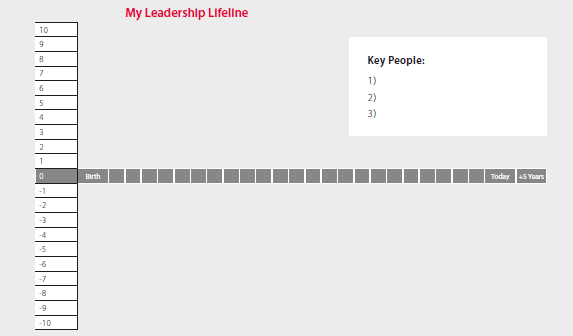Ever wonder what the people in the room say about you after you’ve left the meeting? Can you influence what they should say, and if so, where do you start?
As the creator of a leadership programme “Developing Your Leadership Brand” for executives at all levels, I’m often asked how to take charge of your reputation as it’s a lot easier than you might think. – Allyson Stewart-Allen
Begin with the brand in mind.
First, think of a brand that can position you concretely in the mind of your stakeholders that’s in sync with the bases on which you want to be memorable or famous. Such shorthand, proxy references help cement how you are seen and remembered.
For example, I use the analogy of a Swiss army knife when meeting clients – new and prospective – as it tells them that I have access to multiple tools which can be used for a range of circumstances, just like what’s required of a successful consultant and educator (the corkscrew is particularly handy!).
By having a quick, memorably way to describe how you want to be seen, you’ve planted the visual image in your stakeholder’s mind. When I ask participants this question, they regularly suggest energetic and international brands including Virgin, Dyson, Nike, Apple, and Disney amongst others as their slogans and values are active, positive and aspirational.
Reveal your values.
Next, be clear about what you stand for and let others know as the best brands do just that. One exercise to consider is listing your top 5-7 non-negotiables, the things that really count for you whether at work or outside of work.
What’s important in this process is the choosing of your values, pushing you to be intentional about deciding what matters to you most in life. One approach is to choose an existing list or purchase pre-printed “values cards” and sort them into 3 piles: unimportant, important, and non-negotiable. While this might take a few iterations over a few hours or even days, the main benefit is having more definition of who you are and why.
Once your values list is determined, take a picture of them and post it near your desk so you can readily share them with your colleagues and even friends who will feel compelled to reciprocate the revelation. And since leadership is all about relationships, how better to build these than to learn what defines and drives others.
Tell your story.
Another tool for managing your personal brand is storytelling. As humans, we’re wired to remember stories over spreadsheets and slides. Telling others about your journey makes you multi-dimensional and relatable, the perfect route for building and engaging stakeholders.
The Leadership Lifeline tool is one I created and use with young leaders, middle managers and senior executives as all have a story to tell which reveals their both positive and less-positive events that have shaped who they are today.
Simply, noting a few personal and professional events in each hemisphere, qualified by their magnitude (+10 to -10) forms the basis of your personal story and lets your audiences infer what are your values in the telling (illustration below).
In addition, crediting three key people who’ve been instrumental in shaping you – positively or negatively – keeps you honest and perhaps serves as a spur to letting them know the impact they’ve had on your life and/or career.
You might even decide to have multiple lifelines for the story you want to tell specific audiences: colleagues, bosses, external stakeholders or the media.
By being yourself with skill, you are shaping how others perceive you, interact with you and your ability to communicate, influence, negotiate and persuade others in your orbit.
Taking tools such as these from the marketer’s playbook has never been easier or more effective. Managing your reputation should never be left to chance… so now’s your moment. Just do it!





